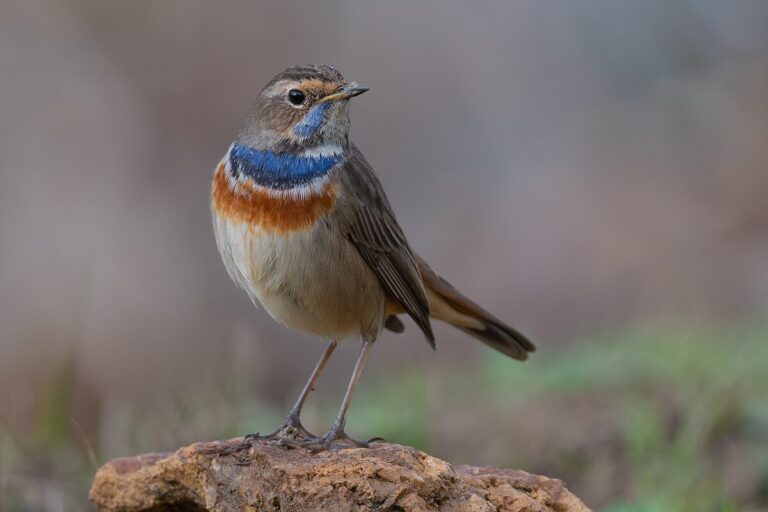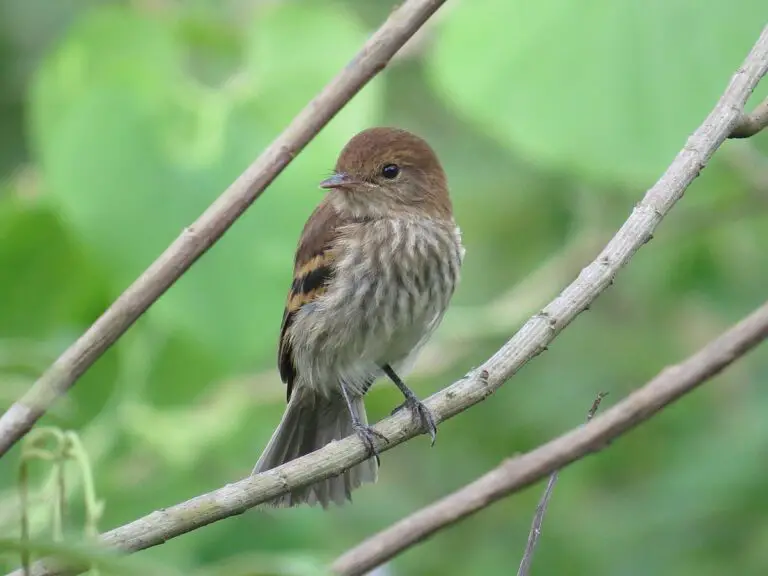American flamingo
“The American flamingo is a symbol of grace and beauty in the wetlands of North America.”
Best Quotes for American flamingo Bird
American flamingo Lifespan related to American flamingo Predators & American flamingo Conservation Status also American flamingo Location and Habitat important regarding American flamingo Reproduction & American flamingo Diet for American flamingo Behavior of the Bird
American flamingo Scientific Classification
Domain: Eukaryota
Kingdom: Animalia
Phylum: Chordata
Class: Aves
Order: Phoenicopteriformes
Family: Phoenicopteridae
Genus: Phoenicopterus
Species: P. ruber
Data Source: Wikipedia.org
American flamingo Characteristics
The American flamingo is a bright pink bird with long legs and a curved beak. They are known for standing on one leg while feeding in shallow water. They can be found in warm, tropical areas like the Caribbean and Florida. American flamingos eat shrimp and other small creatures that they filter out of the water with their unique beak. They are social birds that live in large groups called flocks. Their pink color comes from the food they eat, which contains a pigment called beta-carotene. Overall, American flamingos are fascinating creatures that are fun to watch in their natural habitat.
American flamingo Lifespan
The lifespan of an American flamingo is typically around 20 to 30 years in the wild. However, they can live up to 50 years in captivity with proper care and nutrition. This means that flamingos can live a long and healthy life if they are kept in a safe and comfortable environment.
American flamingo Diet
American flamingos primarily feed on algae, small crustaceans, and aquatic insects. They use their unique bill to filter these small organisms from the water. They also consume small fish and mollusks. Their diet is rich in nutrients and provides them with the energy they need to thrive.
American flamingo Behavior
American flamingos are social birds that live in large groups called colonies. They communicate through vocalizations and body language, such as head bobbing and wing flapping.
American flamingo Reproduction
American flamingos reproduce by building mud nests in colonies. Females lay a single egg and both parents take turns incubating it. Chicks hatch after about a month.
American flamingo Location and Habitat
American flamingos can be found in the wetlands and coastal areas of the southern United States, Mexico, the Caribbean, and South America. They are known for their bright pink feathers and long, curved beaks.
American flamingo Conservation Status
The American flamingo is classified as “Least Concern” on the conservation status scale, meaning they are not at immediate risk of extinction.
American flamingo Predators
American flamingos are hunted by animals like crocodiles, jaguars, and birds of prey. They must stay alert to avoid becoming prey themselves.
American flamingo FAQs
- What is the American flamingo’s scientific name?
The American flamingo’s scientific name is Phoenicopterus ruber. - Where can American flamingos be found?
American flamingos can be found in the Caribbean, Mexico, and parts of Florida. - What do American flamingos eat?
American flamingos primarily eat algae, crustaceans, and small fish. - How tall can American flamingos grow?
American flamingos can grow up to 4-5 feet tall. - Why are American flamingos pink?
American flamingos are pink due to the pigments in the algae and crustaceans they eat. - How do American flamingos communicate with each other?
American flamingos communicate through vocalizations and body language, such as head flagging and calling. - Do American flamingos migrate?
Yes, American flamingos are known to migrate to different locations in search of food and breeding grounds. - How do American flamingos protect themselves from predators?
American flamingos often stand in large groups to protect themselves from predators and use their long legs to escape quickly. - How long do American flamingos live?
American flamingos can live up to 20-30 years in the wild. - Are American flamingos endangered?
American flamingos are considered to be a species of least concern, with stable populations in their natural habitats.




